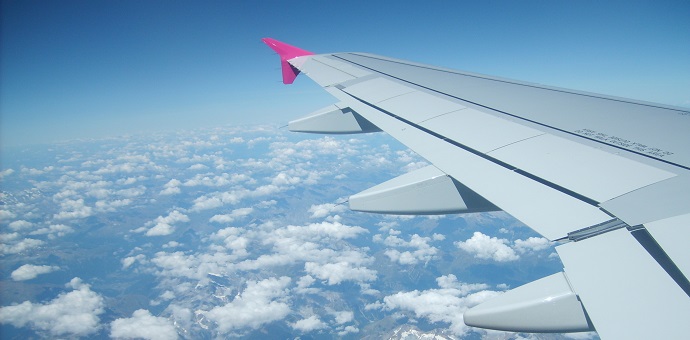Overseas Territories Aviation Regulations (OTAR’s) are designed to be fully compliant with International Civil Aviation Organisation (ICAO) Standards and Recommended Practices (SARP’s)
Steve Bentley MD of Sofema Aviation Services looks at the effectiveness of the OTAR environment in the context of Commercial Air Transport.
Unlike EASA Part M for example which has a significant amount of “Support” material when we consider OTAR Part 39 there is very little in the way of acceptable means of compliance and guidance material.
As a result there are many gaps in the “fine details” moreover such gaps need to be identified, understood, and mitigated in the most effective way within the organisation.
Providing that the gaps are correctly identified and any required mitigation, is delivered correctly then any exposure is minimised.
OTAR regulations are very popular with Operators in both Russia and in the Commonwealth of Independent States (CIS) however one of the first challenges relates to the structure of Continuing Airworthiness management, development and implementation simply because the philosophies of design, operation and maintenance are quite different to those which are found in support of the Soviet built aircraft.
When considering core competencies related to the need to manage Continuing Airworthiness Engineering and Reliability Processes as well as a deeper understanding of Western Industry Steering Practices (ISC) and Maintenance Review Board (MRB) Processes, it is not unusual for organisations to “over rely” on individuals rather than to focus on the organisations development and management of an effective Continuing Airworthiness Management Organisation (CAMO).
The ownership of the Maintenance Program sits with the Operator – how is this managed in practice and does the operator understand the difference between a Maintenance Schedule and a Maintenance Programme
If the aircraft is simply maintained to a Maintenance Schedule which is derived from the MPD. It is not in effect a Maintenance Programme. (Why is this?)
Well – Many elements are missing consider some of these missing elements
Life Limited Parts (LLP) control
Corrosion Control Programme
Reliability Programme
Engine off-wing maintenance programme
STC derived maintenance tasks, Airworthiness Limitations, CMRs etc
Management of Repairs
Category A. A permanent repair for which the Baseline Zonal Inspection (BZI) (General Visual Inspection – GVI) is adequate to ensure continued airworthiness (inspect ability) equal to the unrepaired surrounding structure. The operator should demonstrate to the FAA that its maintenance or inspection program is at least as rigorous as the Baseline Zonal Inspection (BZI).
Category B. A permanent repair that requires supplemental inspections to ensure continued airworthiness.
Category C. A temporary repair that will need to be reworked or replaced before an established time limit. Supplemental inspections may be necessary to ensure continued airworthiness before this limit.
Maintenance Programme Hard time parts control, particularly safety equipment (adopting manufacturer’s Component Maintenance Manual CMM recommendations)
Fuel and Oil Contamination checks
Flight Data and Cockpit Voice Recorders Mandatory Readouts
Service Bulletins SBs are not mandatory (Operator Review Policy)




